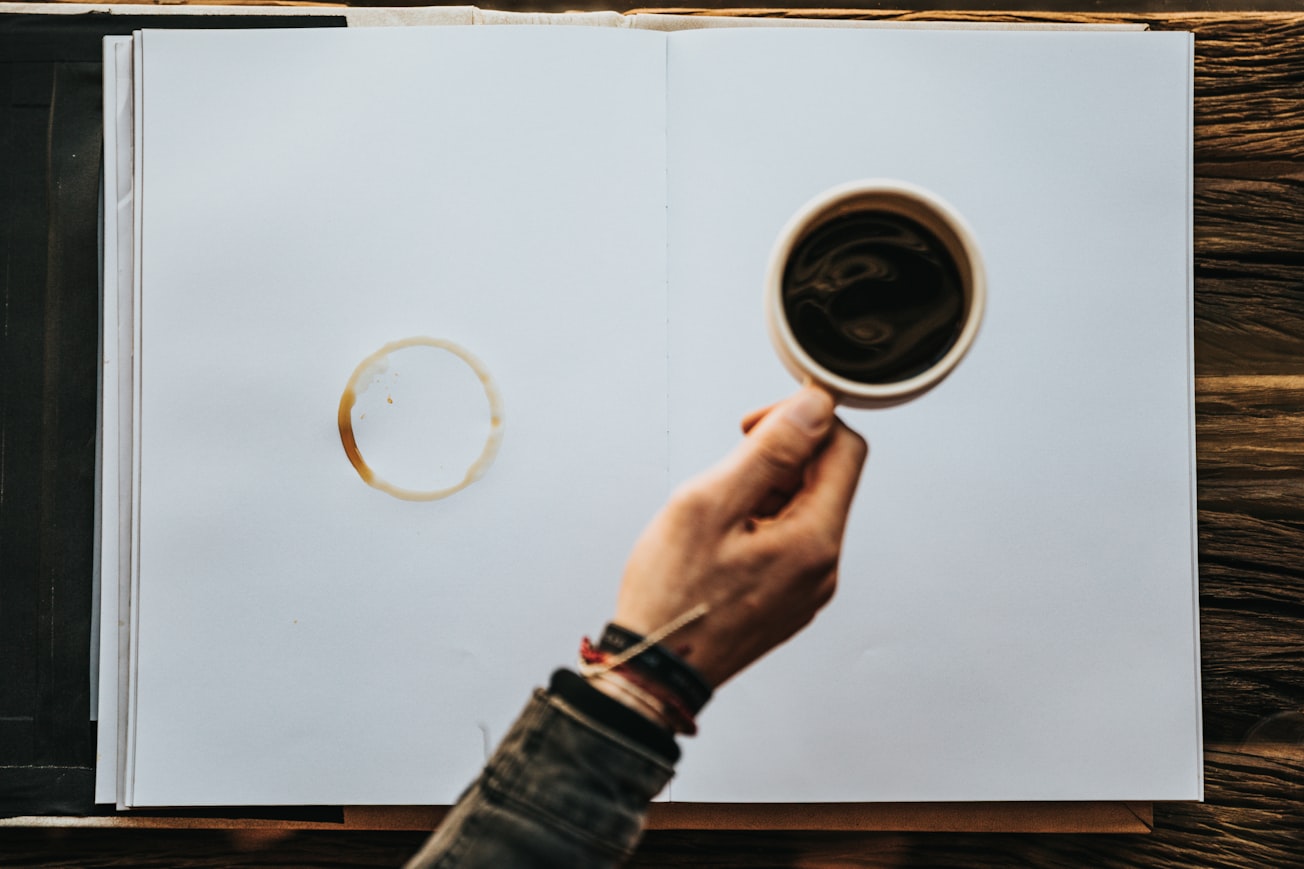What is it about?
A set-up utilizing fluid-coupled Lamb waves (LWs) was developed to suppress non-uniform sedimentation for cost-effective fabrication of photonic crystals (PCs). LWs were initially generated by a piezoelectric substrate. A couplant altered the propagating direction of these LWs to form the fluid-coupled LWs at a superstrate. The coffee-ring effect (CRE) of a suspension droplet on the superstrate was thus suppressed. The suspended nanospheres formed 3D PCs after the droplet dried out. Diversified PCs were fabricated, and their transmittance spectra demonstrated the corresponding bandgap clearly. Advantages of utilizing fluid-coupled LWs for self-assembling 3D PCs include flexibility in excitation frequency, fabrication cost-effectiveness, acceptance for a passively oscillating substrate, and enlargement of sample area.
Featured Image

Photo by Nathan Dumlao on Unsplash
Why is it important?
Sedimentation of nano-spheres became uniform in a large area because the coffee-ring effect was suppressed successfully by the proposed set-up.
Perspectives
Participation in this work was a great joy because I could interact with many energetic young people to fulfill our joint objective. The success of this work also broadened my research scope and laid down an excellent milestone.
Yu-Bin Chen
National Tsing Hua University
Read the Original
This page is a summary of: Fluid-coupled Lamb waves for self-assembling three-dimensional photonic crystals, Journal of Applied Physics, August 2022, American Institute of Physics,
DOI: 10.1063/5.0092728.
You can read the full text:
Contributors
The following have contributed to this page







